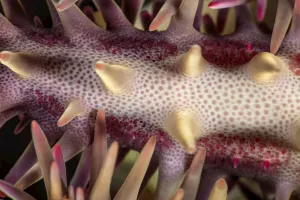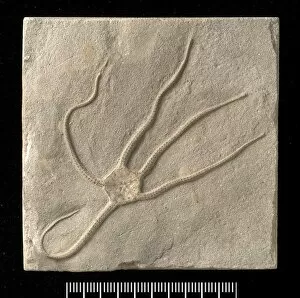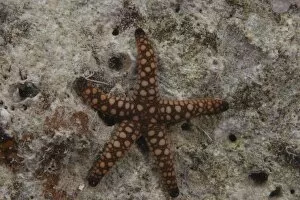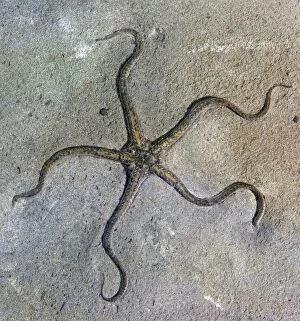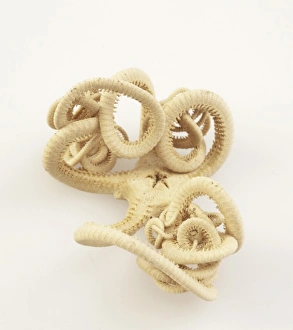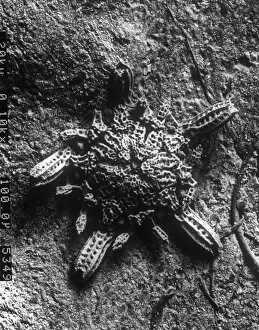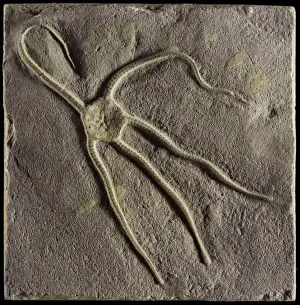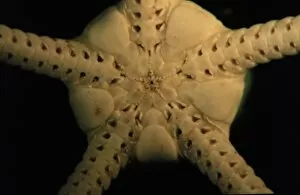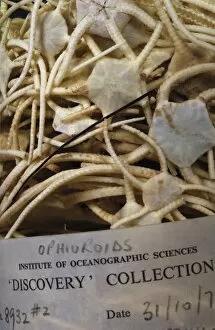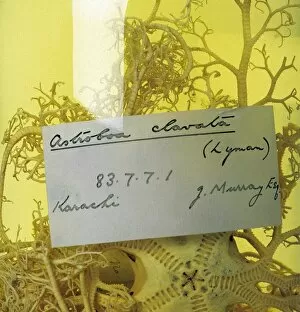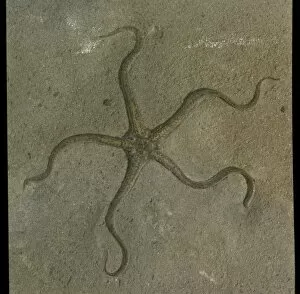Asterozoa Collection
Asterozoa, a mesmerizing group of marine creatures, encompasses a wide array of fascinating species
All Professionally Made to Order for Quick Shipping
Asterozoa, a mesmerizing group of marine creatures, encompasses a wide array of fascinating species. From the intricate crown of thorns starfish found in the crystal-clear waters of Hawaii to the ancient fossil ophiuroid Palaeocoma egertoni, these captivating organisms never cease to amaze. In Beqa Lagoon Fiji, one can witness the breathtaking beauty up close as sea stars dominate the underwater landscape. Their vibrant colors and intricate patterns create an enchanting sight that leaves onlookers in awe. The spiny starfish C017 / 8441 and common starfish C017 / 8442 showcase nature's artistic prowess at its finest. Delving into history, we encounter remnants from ages past. The brittle star fossil Palaeocoma egertoni (C016 / 4893) serves as a testament to Earth's ancient inhabitants. Its delicate structure preserved over time offers glimpses into our planet's rich evolutionary tapestry. Present-day brittle stars continue to captivate with their unique characteristics. Astrotoma agassizii stands out with its spindly arms gracefully reaching out like celestial bodies in motion. Ophioctenella sp. , another intriguing brittle star species, showcases its own distinctive features that make it stand apart from others within its family. Ophioderma egertoni (Broderip), known commonly as brittlestar, adds further diversity to this remarkable group of creatures. With their slender arms and graceful movements through water currents, they epitomize elegance beneath the waves. As we explore deeper into Asterozoa's realm, we uncover more wonders - ophiroid brittle stars emerge with their striking appearances and mysterious allure. These enigmatic beings hold secrets yet undiscovered by human eyes but remind us of how vast and diverse our oceans truly are.

